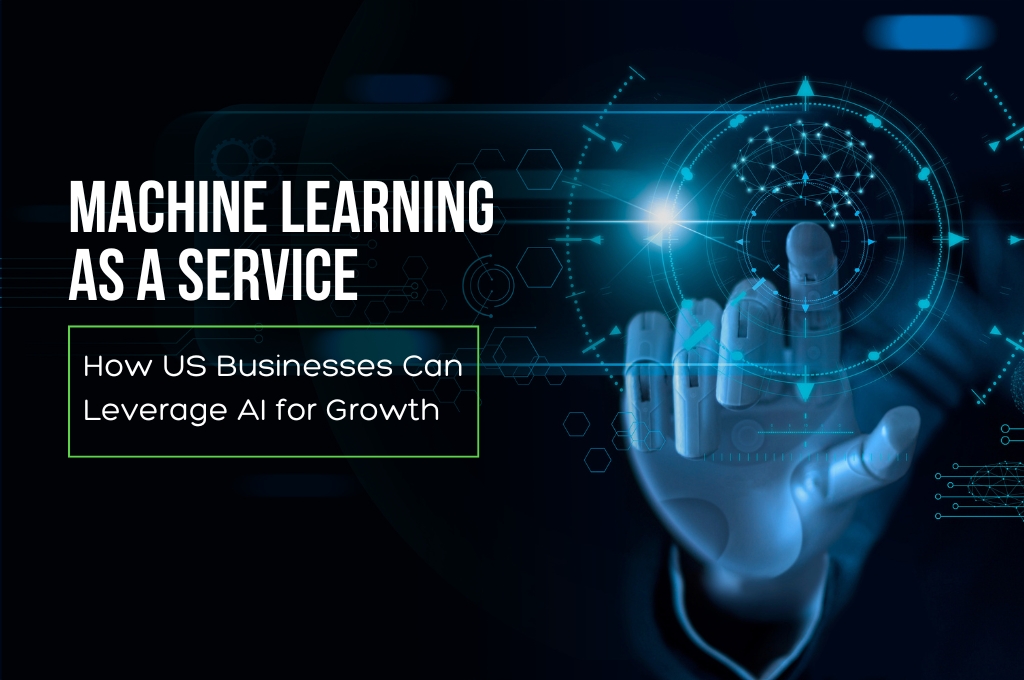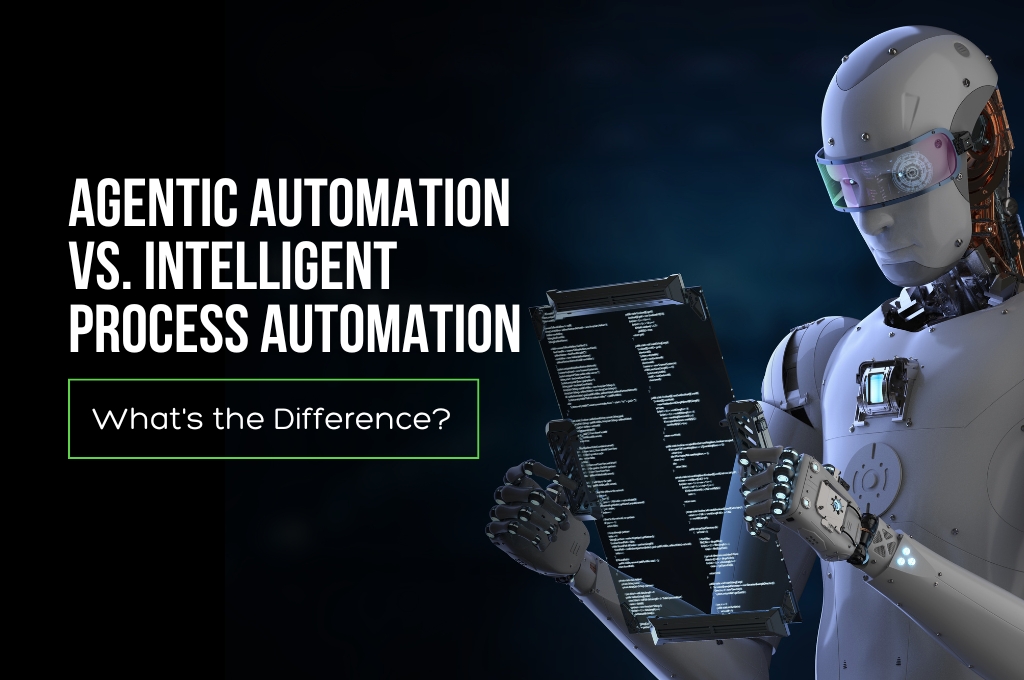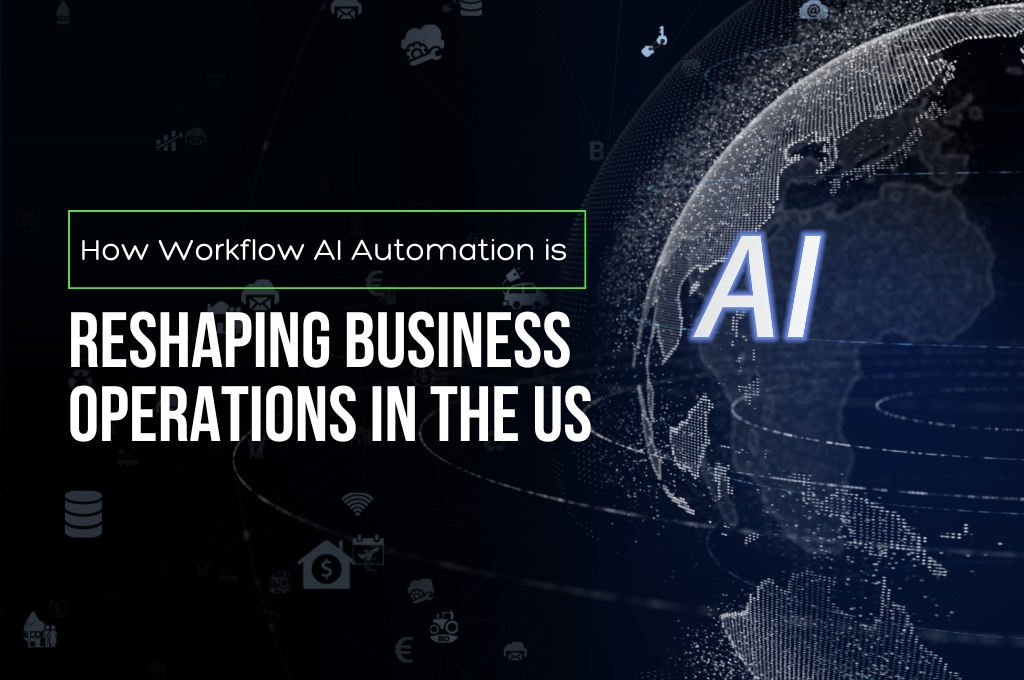In recent years, the realm of automation has undergone a significant evolution. What once started as simple rule-based automation processes have now evolved into a sophisticated approach known as hyperautomation.
Hyperautomation represents the convergence of various automation technologies, including Robotic Process Automation (RPA), Artificial Intelligence (AI), Machine Learning (ML), and more.
Let’s discuss the concept of hyperautomation, its key components, benefits, and the role it plays as the next frontier in automation.
Understanding Hyperautomation
Hyperautomation is not merely about automating individual tasks; it’s about transforming entire business processes end-to-end.
It involves combining RPA with advanced technologies such as AI, ML, natural language processing (NLP), optical character recognition (OCR), and process mining to automate complex workflows seamlessly.
By leveraging a combination of these technologies, organizations can achieve unprecedented levels of efficiency, accuracy, and scalability in their operations.
Key Components of Hyperautomation
1. Robotic Process Automation (RPA): RPA forms the foundation of hyperautomation by automating repetitive, rule-based tasks performed by humans.
RPA bots mimic human actions to interact with systems, applications, and data sources, enabling seamless automation of mundane tasks across various departments.
2. Artificial Intelligence (AI) and Machine Learning (ML): AI and ML algorithms enhance the capabilities of RPA by enabling bots to make intelligent decisions, learn from data, and adapt to changing circumstances.
These technologies power advanced analytics, predictive modeling, natural language understanding, and cognitive automation, allowing bots to perform more complex tasks autonomously.
3. Process Mining: Process mining involves analyzing event logs and data generated during business processes to gain insights into process inefficiencies, bottlenecks, and variations.
By applying process mining techniques, organizations can identify opportunities for automation, optimization, and continuous improvement within their workflows.
4. Advanced Analytics: Hyperautomation leverages advanced analytics capabilities to extract actionable insights from vast amounts of data.
Through data analytics, organizations can identify patterns, trends, and anomalies, enabling data-driven decision-making and predictive modeling.
Benefits of Hyperautomation
1. Increased Efficiency: By automating repetitive tasks and optimizing workflows, hyperautomation reduces manual effort, minimizes errors, and accelerates process execution.
This leads to significant improvements in productivity and operational efficiency.
2. Enhanced Accuracy: With the integration of AI and ML, hyperautomation enables bots to perform tasks with greater accuracy and consistency than humans. This reduces the likelihood of errors and ensures high-quality outcomes across business processes.
3. Scalability: Hyperautomation allows organizations to scale their automation initiatives rapidly to meet growing demand and adapt to changing business requirements.
By deploying additional bots and expanding automation capabilities, organizations can achieve greater agility and responsiveness.
4. Cost Savings: By automating manual tasks and optimizing resource utilization, hyperautomation helps organizations reduce operational costs and allocate resources more efficiently.
This enables organizations to achieve cost savings while maintaining or improving service quality.
5. Improved Customer Experience: Hyperautomation enables organizations to deliver faster response times, personalized services, and seamless customer interactions.
By automating customer-facing processes such as customer support, onboarding, and service delivery, organizations can enhance the overall customer experience and drive customer satisfaction.
The Role of Hyperautomation in the Future of Work
As organizations continue to embrace digital transformation and automation, hyperautomation is set to play a pivotal role in shaping the future of work.
By automating routine tasks and augmenting human capabilities with AI-powered automation technologies, hyperautomation empowers employees to focus on higher-value, strategic activities that require creativity, critical thinking, and emotional intelligence.
This not only enhances employee satisfaction and engagement but also drives innovation and business growth.
Conclusion
Hyperautomation represents the next frontier in automation, offering organizations unprecedented opportunities to transform their operations, drive efficiency, and unlock new value.
By harnessing the power of RPA, AI, ML, process mining, and advanced analytics, organizations can achieve end-to-end automation of their business processes, enabling them to stay ahead in today’s rapidly evolving digital landscape.
As hyperautomation continues to evolve, organizations must embrace this transformative approach to drive innovation, agility, and competitiveness in the digital age.
As a leading provider of automation solutions, Predikly stands ready to empower businesses to embrace hyperautomation and unlock their full potential in the digital era.




